Choosing the right type of mug for your daily coffee or tea ritual can be more than just a matter of taste; it’s also about functionality, durability, and style. High-quality drinkware, porcelain, and ceramic mugs stand out as popular choices, each offering unique benefits and aesthetic appeals. This article delves into the nuances of porcelain vs ceramic mugs, exploring their distinct characteristics, durability, care requirements, and uses. Whether you’re a coffee aficionado, a tea enthusiast, or simply looking for the perfect mug for your morning brew, understanding these differences is key to making an informed decision. With this knowledge, you can select a mug that not only complements your personal style but also meets your everyday needs.
The Basics of Porcelain Mugs
Porcelain mugs, an elegant and durable choice for daily use or special occasions, embody a perfect blend of art and functionality. Understanding the essence of porcelain, along with the features and considerations of these mugs, can guide informed choices for consumers and enthusiasts alike.
What is Porcelain?
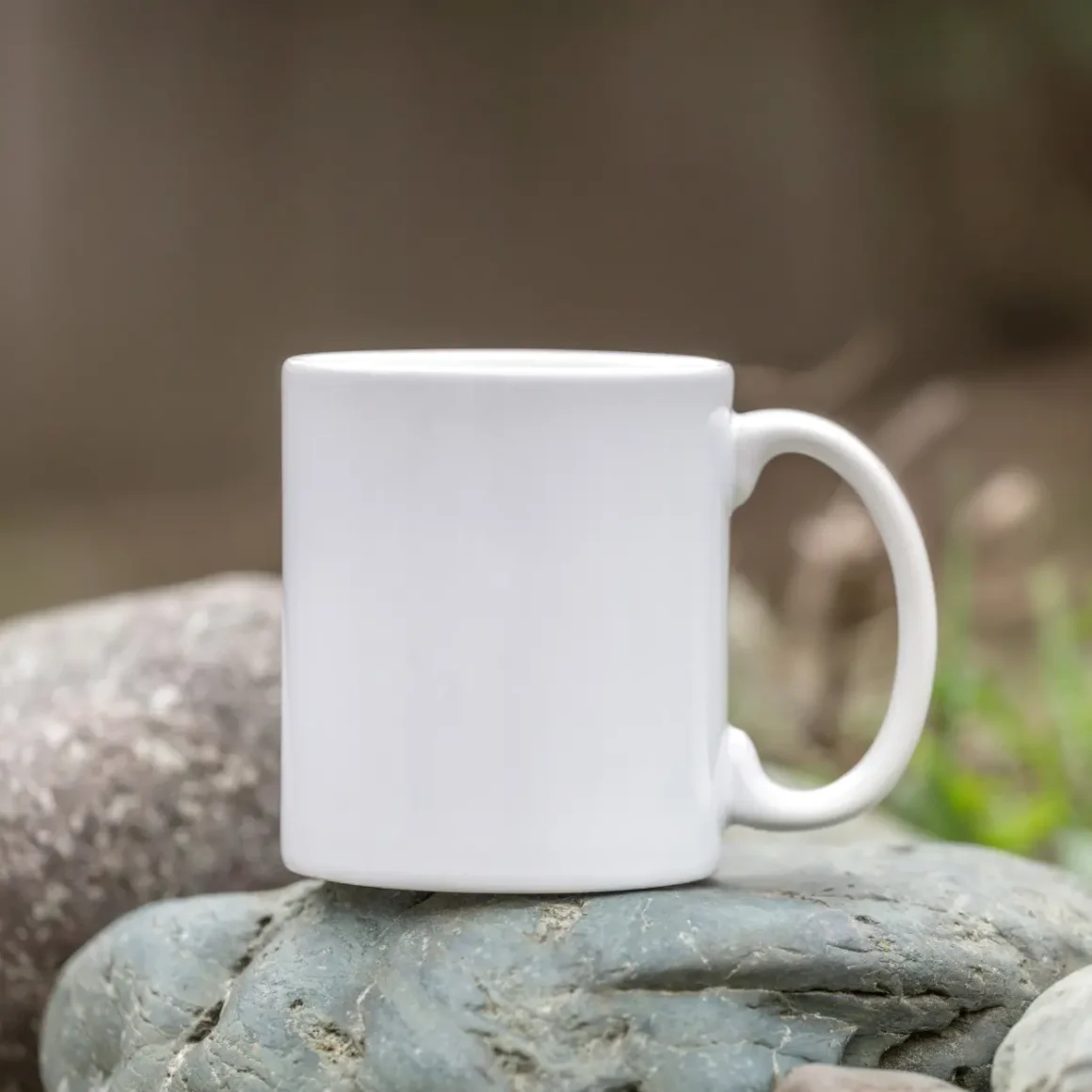
Porcelain is a specific type of ceramic material renowned for its properties:
- Origin: Developed in China, it represents centuries of craftsmanship and innovation. (1)
- Composition: Primarily made from kaolin, a fine white clay, combined with other materials.
- Firing Process: Heated to high temperatures (1,200 to 1,400 degrees Celsius), which contributes to its strength and translucence.
- Qualities: Known for its fine, glass-like texture and durability.
Porcelain Mug Characteristics

Key attributes of porcelain mugs include:
- Durability: They are more resilient compared to standard ceramics, due to the high-temperature firing process.
- Low Porosity: This feature ensures minimal absorption of moisture and odors, preserving the purity of beverages.
- Translucency: Exhibiting a distinctive translucent appearance, especially when held against light. (2)
- Thermal Retention: Efficient in maintaining the temperature of hot or cold drinks.
Porcelain Mug Pros and Cons
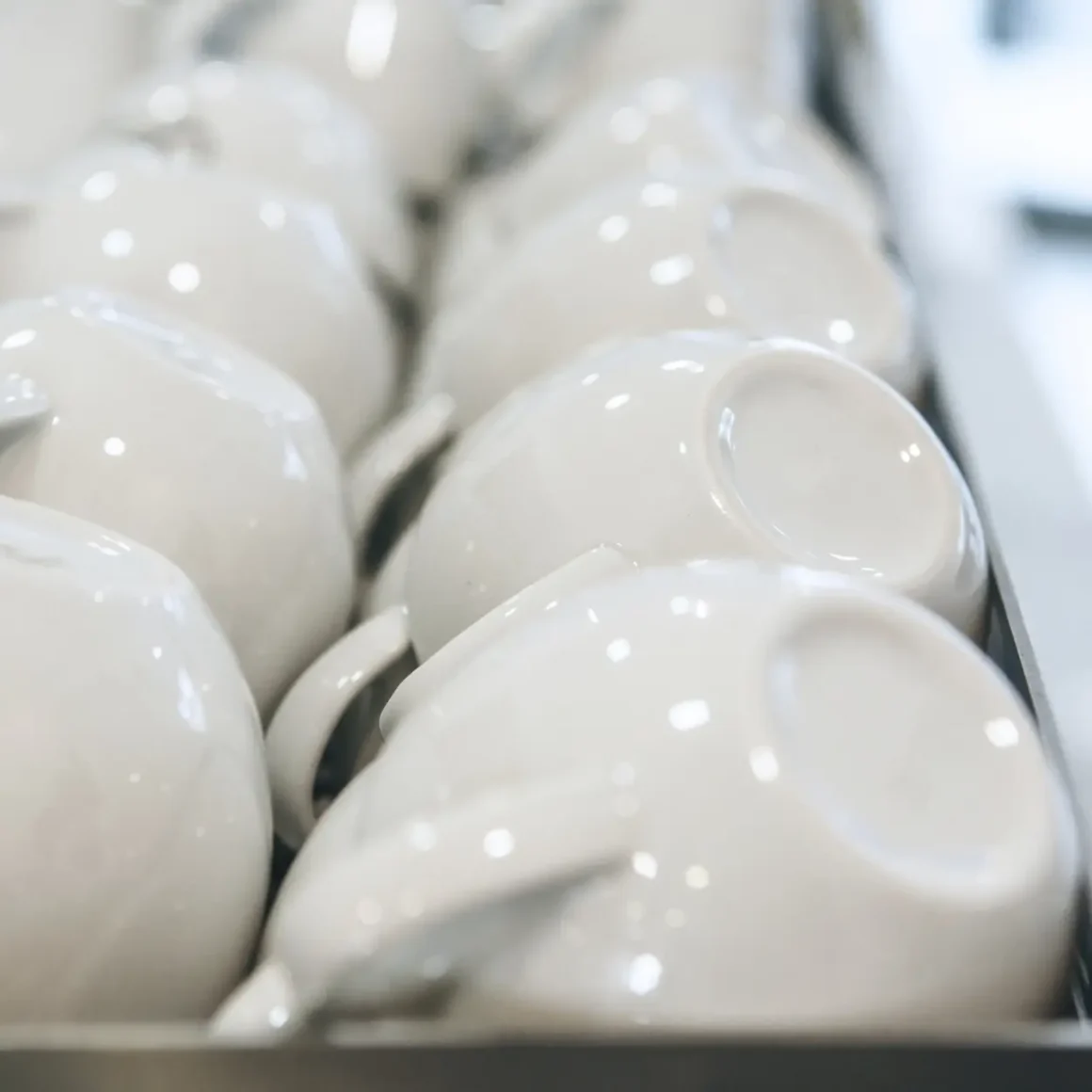
Porcelain mugs offer various advantages and some limitations:
Pros:
- Aesthetic Appeal: They often feature elegant designs and a smooth, glossy finish.
- Chemical Stability: Resistant to chemicals, making them less likely to stain or retain flavors.
- Versatility: Suitable for various occasions, from daily use to formal settings.
Cons:
- Fragility: Despite their durability, they can be brittle and prone to chipping or cracking upon impact.
- Price: Generally more expensive than regular ceramic mugs due to their quality and manufacturing process.
- Heat Conductivity: They can sometimes conduct heat, making the handles hot to the touch when containing very hot liquids.
Porcelain mugs, with their unique combination of aesthetic beauty, functional durability, and subtle elegance, offer a distinctive choice for those who appreciate the finer aspects of tableware. Whether for daily use or special occasions, understanding their characteristics, advantages, and limitations can enhance the experience of enjoying your favorite beverages.
The Basics of Ceramic Mugs
Ceramic mugs are a staple in households and offices worldwide, offering a blend of practicality and aesthetic appeal. Their widespread popularity stems from the versatile and enduring nature of ceramic material, which has been utilized for centuries in various forms of tableware and art.
What is Ceramic?

Ceramic is a broad term referring to a range of materials that are shaped and then hardened by heat:
- Composition: Typically made from clay, earthen elements, powders, and water.
- Firing Process: These components are molded and then fired in a kiln at high temperatures, solidifying the shape.
- Diversity: Encompasses a variety of materials including earthenware, stoneware, and porcelain, each with unique properties.
Ceramic Mug Characteristics

Ceramic mugs are characterized by several features:
- Heat Retention: Good at retaining heat, and keeping beverages warm for an extended period. (3)
- Strength: Offers a balance between durability and weight, being sturdy yet not overly heavy.
- Insulation: Provides natural insulation, ensuring the contents stay hot while the outside remains cool enough to handle.
- Design Variety: Available in a myriad of designs, colors, and finishes, catering to diverse tastes and preferences.
Ceramic Mug Pros and Cons
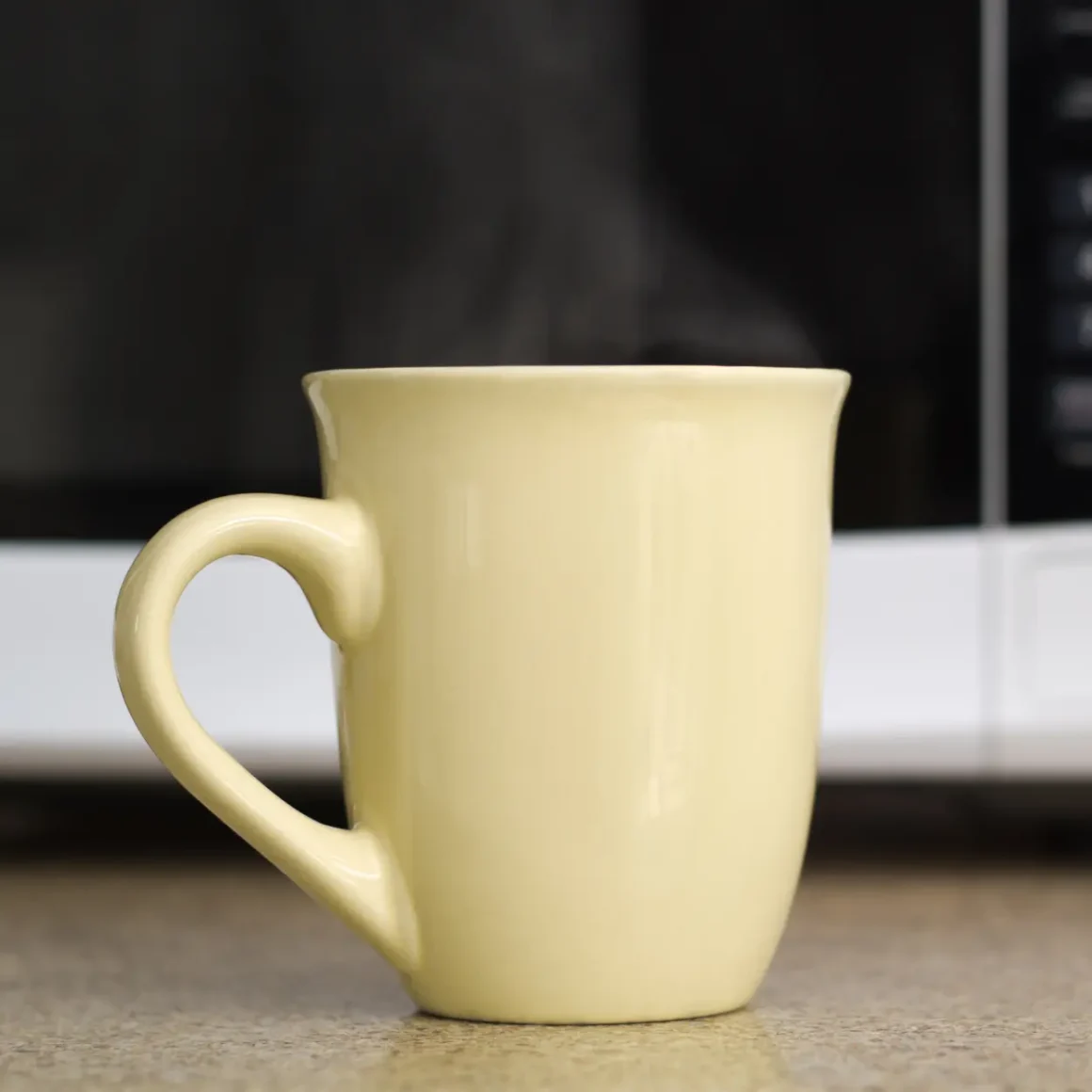
While ceramic mugs have many benefits, there are also some drawbacks to consider:
Pros:
- Microwave and Dishwasher Safe: Most are compatible with microwave and dishwasher use, offering convenience.
- Non-Reactive Surface: Unlike some metals, ceramic does not impart any flavors or chemicals into the beverage.
- Cost-Effective: Generally more affordable than other materials like porcelain or glass.
Cons:
- Fragility: Can break or chip if dropped or mishandled.
- Weight Variance: Some may be heavier, which could be a disadvantage for some users.
- Inconsistency in Heat Distribution: Some mugs may heat unevenly, especially in a microwave, leading to hot spots.
To sum up, ceramic mugs are a versatile, practical choice for everyday use, offering a balance of functionality, affordability, and aesthetic diversity. Their pros and cons should be weighed according to personal needs and preferences, ensuring the selection of a mug that best suits one’s lifestyle.
Differences in Appearance and Design

When comparing a ceramic vs porcelain mug, it’s evident that both types of mugs have distinct design features and aesthetic qualities. These differences not only influence the visual appeal but also affect the user experience. Understanding these distinctions can help in making informed choices based on personal preferences and functionality.
Porcelain Mug Design Features
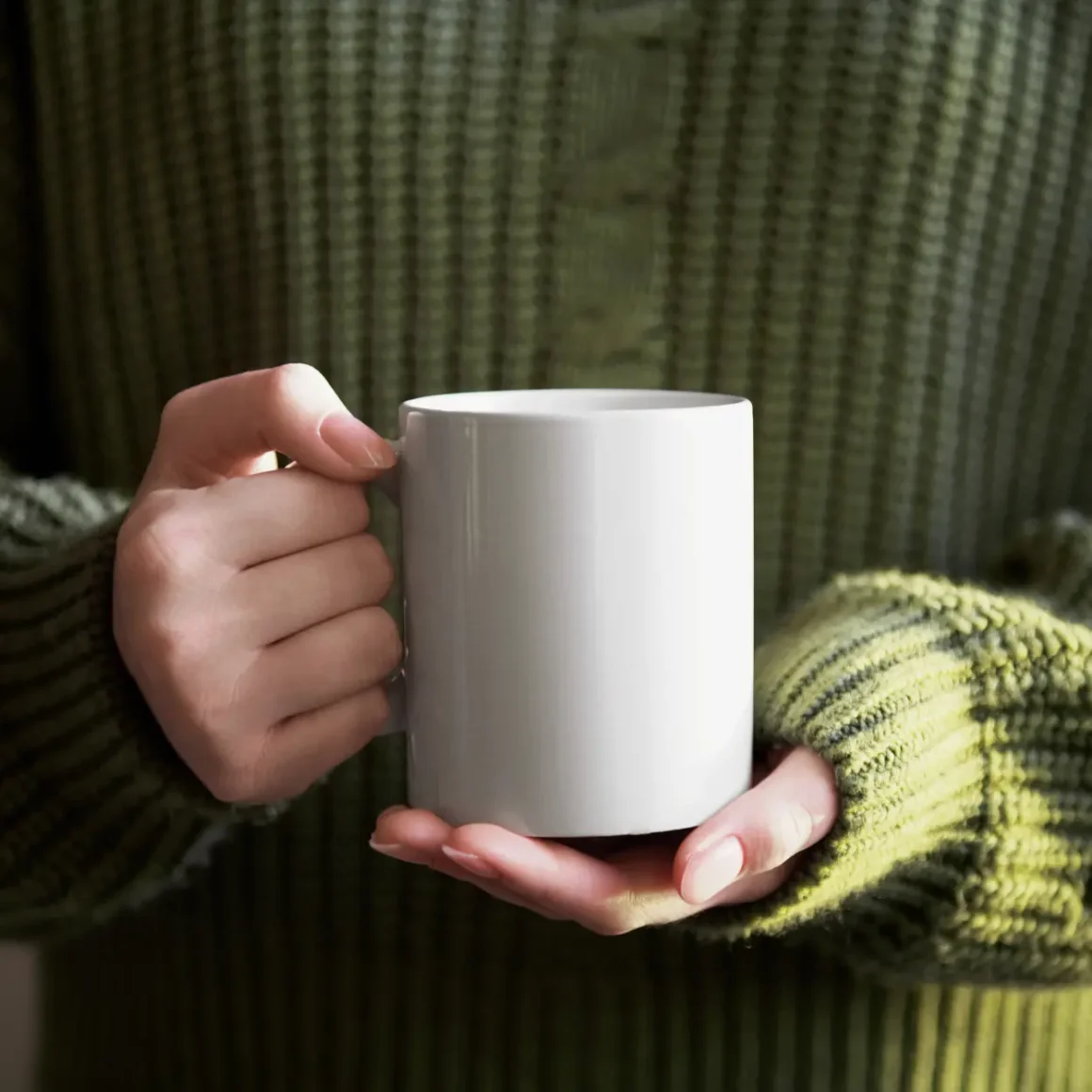
Porcelain mugs are characterized by certain design elements:
- Elegance and Sophistication: Typically, they exhibit a more refined and elegant look, suited for formal settings.
- Translucence: Porcelain has a slightly translucent quality, especially noticeable in thinner mugs.
- Color and Finish: They often feature a bright, white base color, though they can come in various hues, often with a high-gloss finish.
- Pattern and Decoration: Porcelain mugs frequently display intricate and detailed patterns, sometimes with embellishments like gold or silver accents.
Ceramic Mug Design Features

Ceramic mugs, on the other hand, have their unique design characteristics:
- Rustic and Earthy Appeal: These mugs often have a more robust and earthy look, making them suitable for casual settings.
- Opacity: Ceramic is typically opaque, contributing to a solid and substantial appearance.
- Variety in Texture and Glaze: They offer a wide range of textures, from smooth to rough, and can have various types of glazes, from matte to glossy finishes.
- Color Diversity: Available in a broad spectrum of colors, ceramic mugs provide options for every taste and style.
Factors Influencing Design Choices

Several factors influence the design choices of both porcelain and ceramic mugs:
- Intended Use: The choice between porcelain and ceramic can depend on the occasion, be it everyday use, special events, or decorative purposes.
- Cultural Influences: Design elements can be influenced by cultural trends and traditional crafts associated with a specific region.
- Manufacturing Techniques: Advances in technology and manufacturing methods play a significant role in the variety of designs available.
- Consumer Preferences: Ultimately, personal taste in color, texture, and style significantly affects the popularity and evolution of mug designs.
In essence, the differences in appearance and design between porcelain and ceramic mugs cater to a wide array of preferences and uses. From the elegant, delicate features of porcelain to the sturdy, versatile appeal of ceramic, these differences reflect not only a choice in material but also lifestyle and aesthetic preference.
Ceramic vs Porcelain Mug: Durability and Usage

When debating the merits of a porcelain mug vs ceramic mug, two critical aspects to consider are their durability and their typical uses. Each type of mug offers unique characteristics that influence its longevity and suitability for various settings and purposes.
Porcelain Mug Durability
Porcelain mugs are recognized for their specific durability features:
- Strength: Despite their delicate appearance, porcelain mugs are quite strong due to the high temperatures at which they are fired.
- Chip Resistance: They are less prone to chipping compared to regular ceramics, thanks to their dense, hard body.
- Maintenance: These mugs retain their color and glaze over time, requiring minimal special care beyond standard washing.
Ceramic Mug Durability
Ceramic mugs, while different, also boast several durability characteristics:
- Robustness: Generally thicker and more robust than porcelain, they are well-suited for daily use.
- Versatility in Use: They are often microwave and dishwasher-safe, making them practical for everyday convenience.
- Wear and Tear: Ceramic mugs may show signs of wear over time, such as fading colors or minor chipping, depending on the quality of the glaze and clay.
Common Uses for Porcelain and Ceramic Mugs
Both porcelain and ceramic mugs have their favored uses:
Porcelain Mugs:
- Formal Settings: Their elegant appearance makes them suitable for formal dining and special occasions.
- Gifts and Collectibles: Often chosen for their beauty and decorative designs.
- Tea and Coffee Connoisseurs: Preferred for their ability to retain the purity of the drink’s flavor.
Ceramic Mugs:
- Daily Use: Ideal for everyday use due to their durability and practicality.
- Casual Dining: Commonly used in casual dining settings and cafes.
- Customization: Frequently chosen for personalization or branding, as they are easy to print on.
When comparing porcelain and ceramic mugs, it’s important to consider their respective durability and typical uses. Porcelain mugs offer elegance and strength suitable for special occasions, while ceramic mugs provide practicality and robustness for everyday use. The choice between the two ultimately depends on personal needs, preferences, and the intended application.
Care and Maintenance
Proper care and maintenance of mugs, whether they are porcelain or ceramic, are essential to preserving their appearance and extending their lifespan. Understanding the specific needs of each type can ensure that these cherished items remain a part of your daily routine or special occasions for years to come.
How to Care for Porcelain Mugs
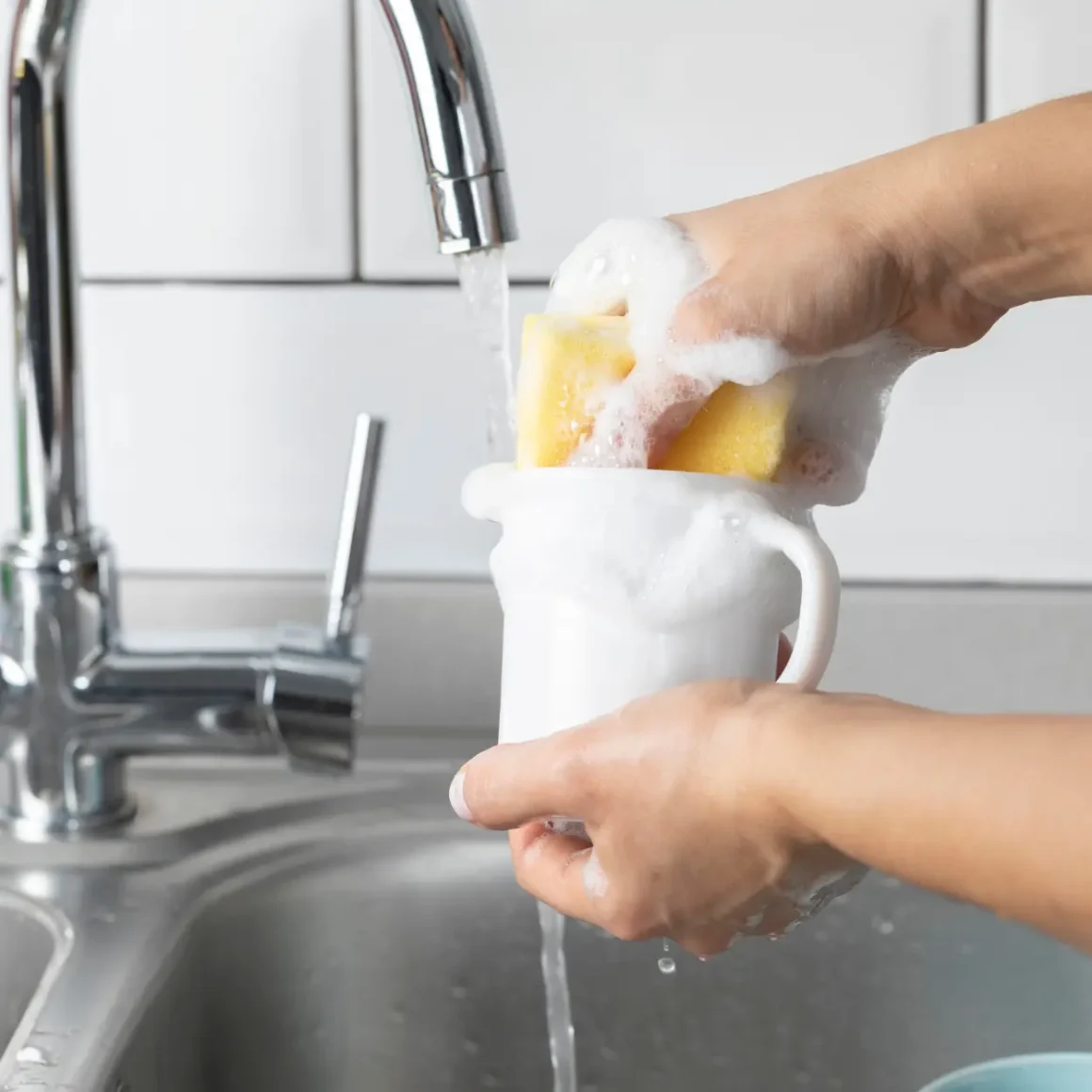
Porcelain mugs require certain care techniques to maintain their delicate appearance and structure:
- Gentle Washing: Hand wash with mild detergent and a soft sponge to prevent scratching the surface.
- Avoid Abrasive Cleaners: Harsh scrubbers or abrasive cleaners can damage the glaze and design.
- Dishwasher Use: If using a dishwasher, place them securely and use a gentle cycle to prevent any jostling that could cause chipping.
- Temperature Caution: Avoid sudden temperature changes, such as pouring boiling water into a cold mug, to prevent cracking.
How to Care for Ceramic Mugs
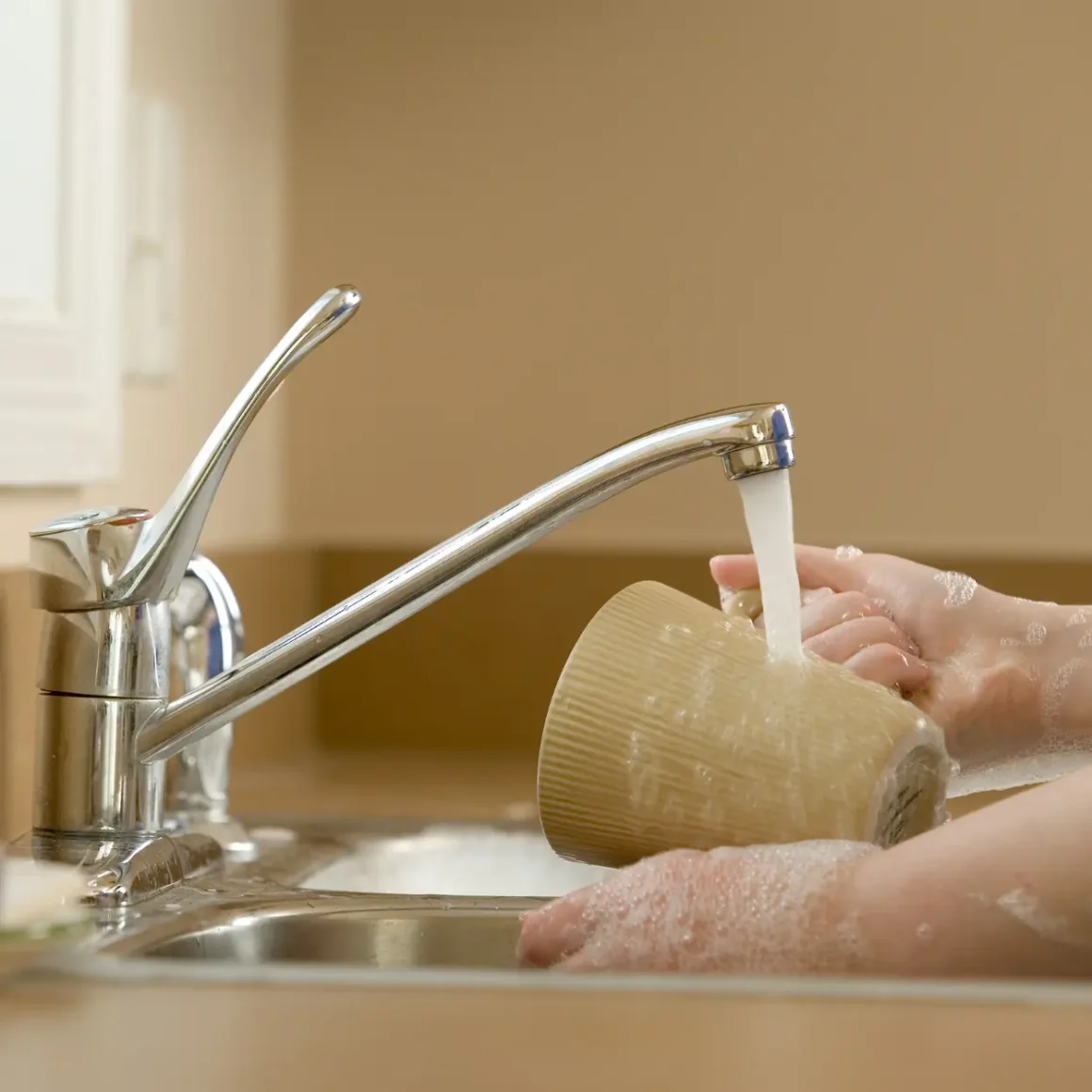
Ceramic mugs, while sturdier, also benefit from specific care practices:
- Regular Cleaning: Safe for dishwasher use, but hand washing is recommended for mugs with printed designs or delicate handles.
- Microwave Use: Most ceramic mugs are microwave safe, but avoid microwaving for prolonged periods as they can become very hot.
- Stain Removal: For coffee or tea stains, soak in a solution of baking soda and water, then gently scrub.
- Storage: Store in a dry place to prevent any mildew or mold growth, especially in mugs not used frequently.
Tips for Prolonging Mug Lifespan

Regardless of the mug type, certain practices can help in extending their usability:
- Careful Handling: Handle mugs gently to avoid drops or knocks that can lead to chips or cracks.
- Avoid Chemical Exposure: Keep mugs away from harsh chemicals or extreme environments which can deteriorate the material.
- Proper Storage: Store mugs in a manner that prevents them from knocking into each other, preferably in an upright position in a cabinet.
- Prompt Repair: In case of small chips or cracks, consider repairing them promptly to prevent further damage.
By following these guidelines for care and maintenance, both porcelain and ceramic mugs can continue to serve as functional art pieces in your home or office. Regular and appropriate care not only preserves their beauty but also ensures their safety and functionality for daily use.
Conclusion
In conclusion, the choice of porcelain vs ceramic mugs is a matter of personal preference, based on your unique needs and style preferences. Porcelain mugs offer elegance, and a refined look, and are suited for formal occasions, while ceramic mugs provide durability, practicality, and versatility for everyday use. Understanding their distinct characteristics, advantages, and care requirements empowers you to make an informed decision. Whichever you choose, whether sipping your morning coffee or enjoying a relaxing cup of tea, your chosen mug will enhance your daily ritual.
FAQ
Can porcelain mugs go in the microwave?
Yes, porcelain mugs are generally microwave-safe, but it's advisable to check the manufacturer's guidelines for specific instructions.
Are ceramic mugs dishwasher safe?
Yes, many ceramic mugs are dishwasher safe, but it's best to verify with the manufacturer's recommendations for each individual mug.
What is the cost difference between porcelain and ceramic mugs?
Generally, ceramic mugs tend to be more budget-friendly compared to porcelain, which is often considered more high-end and can be pricier.
Which type of mug retains heat better, porcelain or ceramic?
Porcelain mugs typically retain heat slightly better than ceramic mugs due to their finer composition, keeping your beverage warmer for a bit longer.












